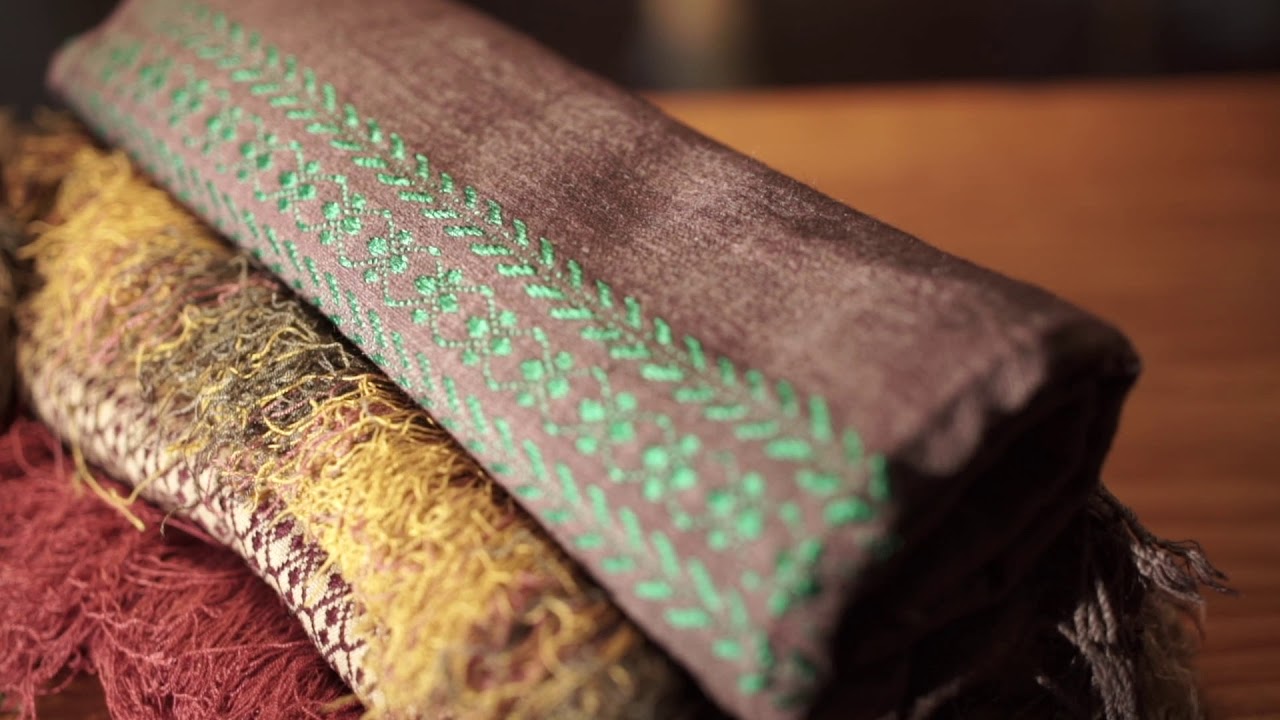
Themes
tribal clothing and textiles
Ryndia silk, meghalaya
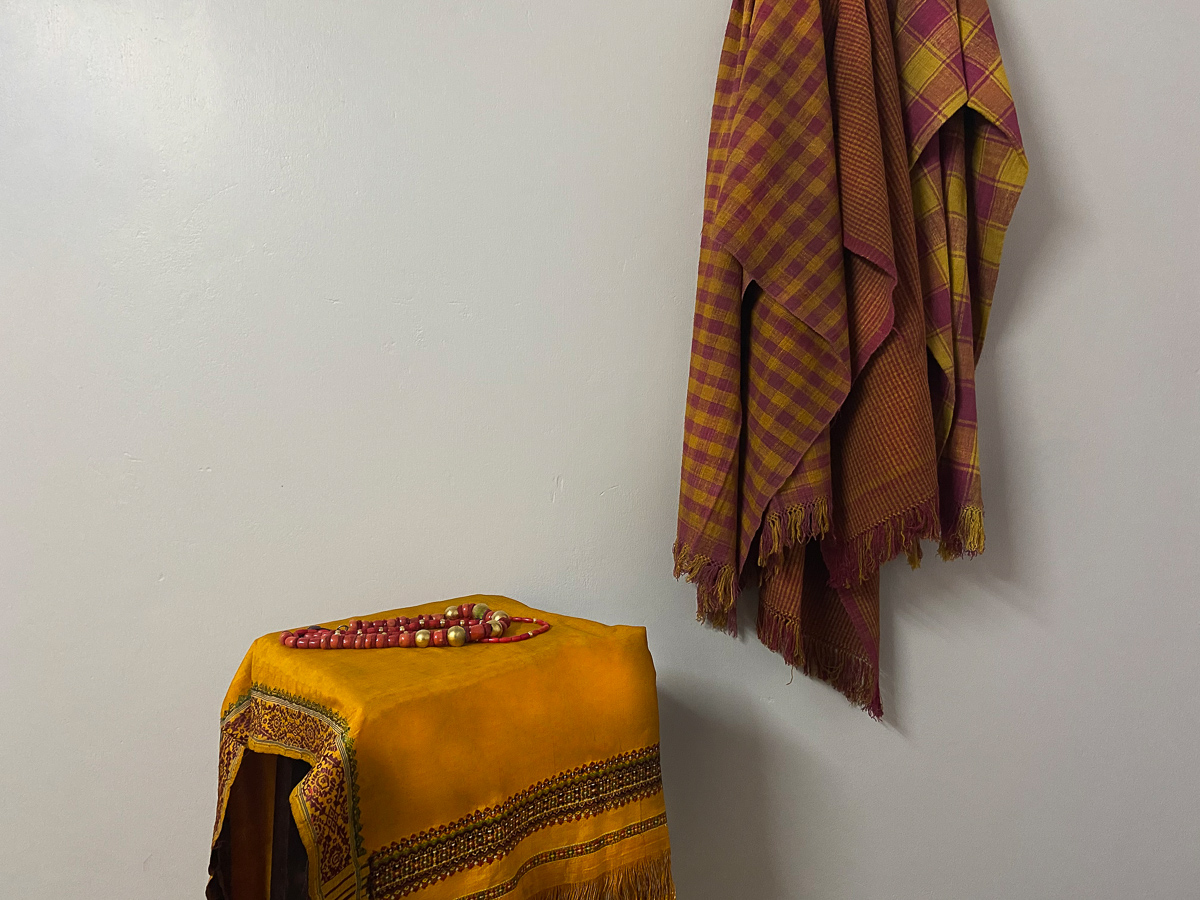
The importance of Ryndia silk is derived from its cultural, ecological, and economic aspects. Culturally, it is woven into fine designs, sometimes by hand, to impart traditional styles of weaving that have been passed down through various generations. The silk is deeply related to the heritage of the Khasis and is used in important rituals, festivals, and ceremonial dress. On the ecological front, the production of Ryndia silk is aligned with sustainability, involving natural raw materials, eco-friendly dyes, and traditional methods of weaving that do not impact much. Responsible sericulture is promoted by the Khasi tribe so that the local ecosystem can be maintained and biodiversity can grow.
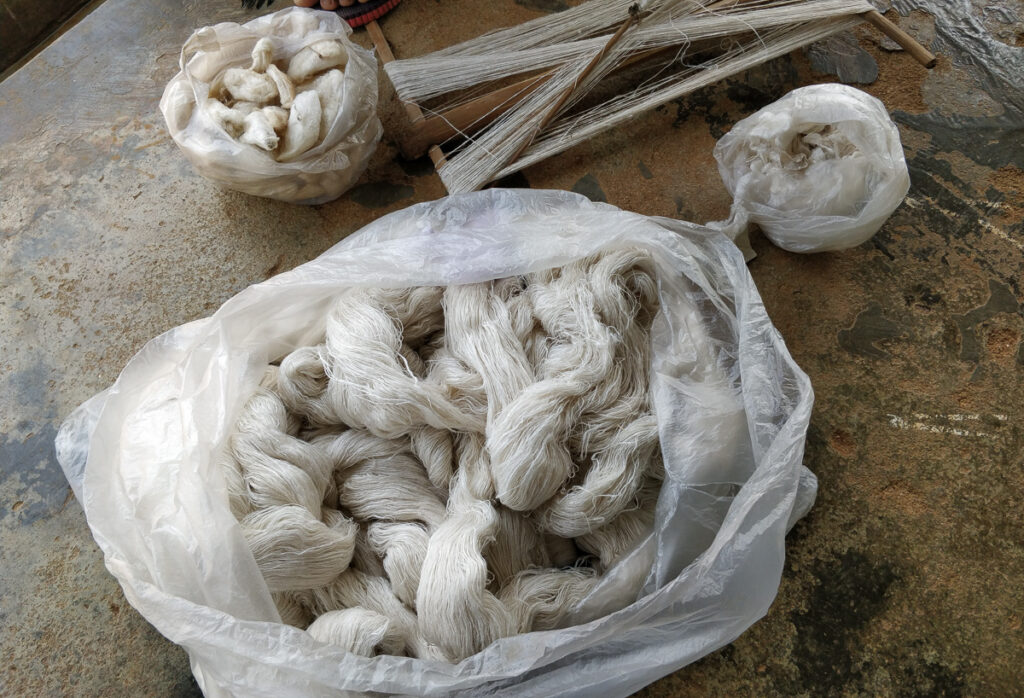
Traditional dress for the Khasi tribe, including Jainsem for women and Jymphong for men, is highly favored in the Shad Suk Mynsiem dance. Being the chief cultural expression of the Khasis, the people gather in traditional garments to enjoy the dances with ebullience and rhythm. The dances alongside the Jainsem of the women and the Jymphong of men represent the tribe's glory and Department, where they play critical roles in the Shad Suk Mynsiem festival rites and celebrations.
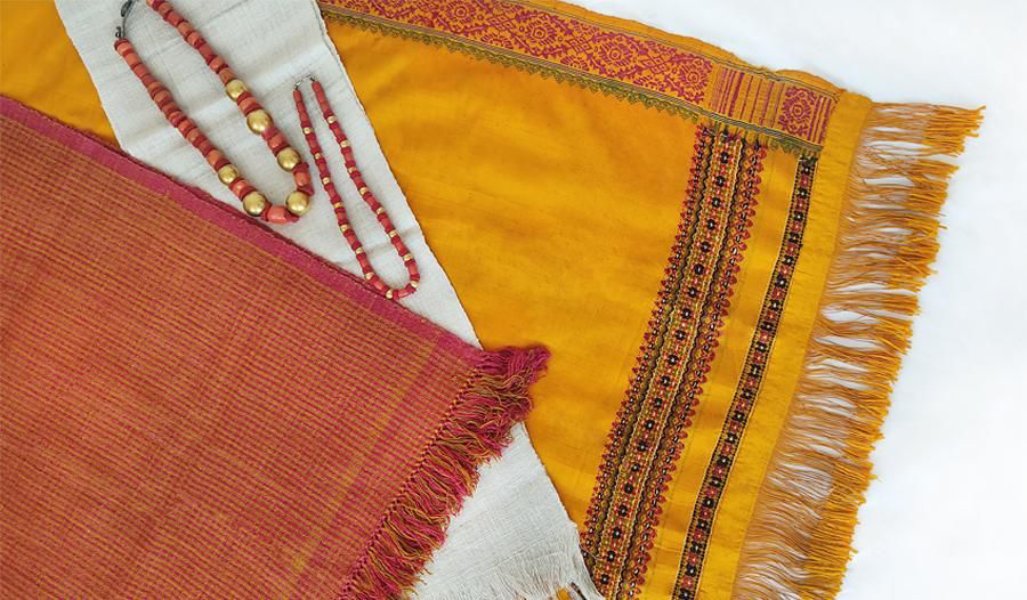
The traditional attire of the Khasi tribe is predominantly made from Ryndia silk (Eri silk), a fabric manufactured through sustainable and environmentally friendly means. Local weavers ply their trade in Ryndia silk, prized for its durability and natural softness. For the females of the tribe, Jainsem denotes a wrap-around skirt paired with a short blouse made of this silk, bearing artistic designs and patterns. The male equivalent of this attire is the Jymphong, mostly made out of cotton or woolen fabric, providing ease and flexibility for dancing. The tribe is lastly decorated with silver jewelry-one-thousand necklaces, earrings, and bracelets which in their turn are created through age-old metalworking methods, adding further cultural significance to the attire.
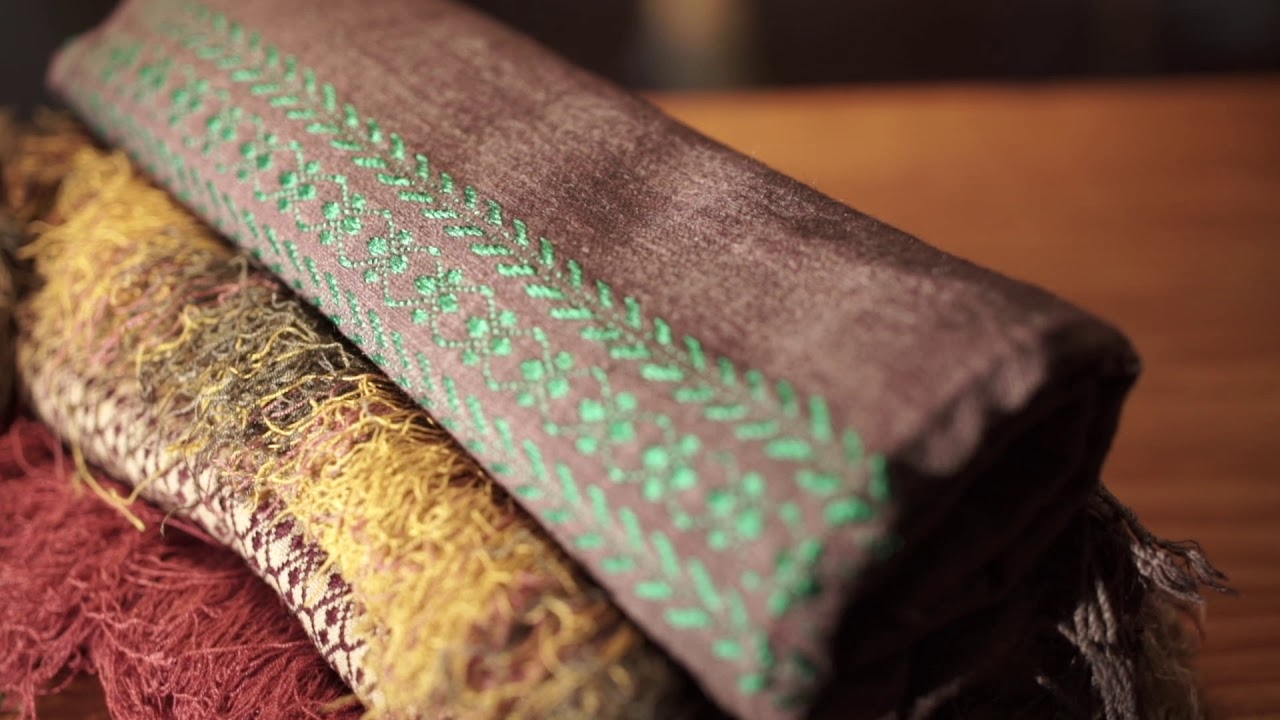
The social culture around Ryndia silk is deeply connected to the traditional Khasi tribal way of life in Meghalaya, for whom the production and use of this silk culture are consequential. Ryndia silk, produced from the Eri silkworm (Ahimsa silk), finds expressions in tribal rituals, festivals, and ceremonial attire as the tribe dissociates with nature and considers it a sacred plane, thereby also considering the Ryndia silk-making practices as inherently sustainable. Apart from being an economic enterprise, the making of Ryndia silk is also associated with the identity of the tribe, where in this village community does the weaving together.
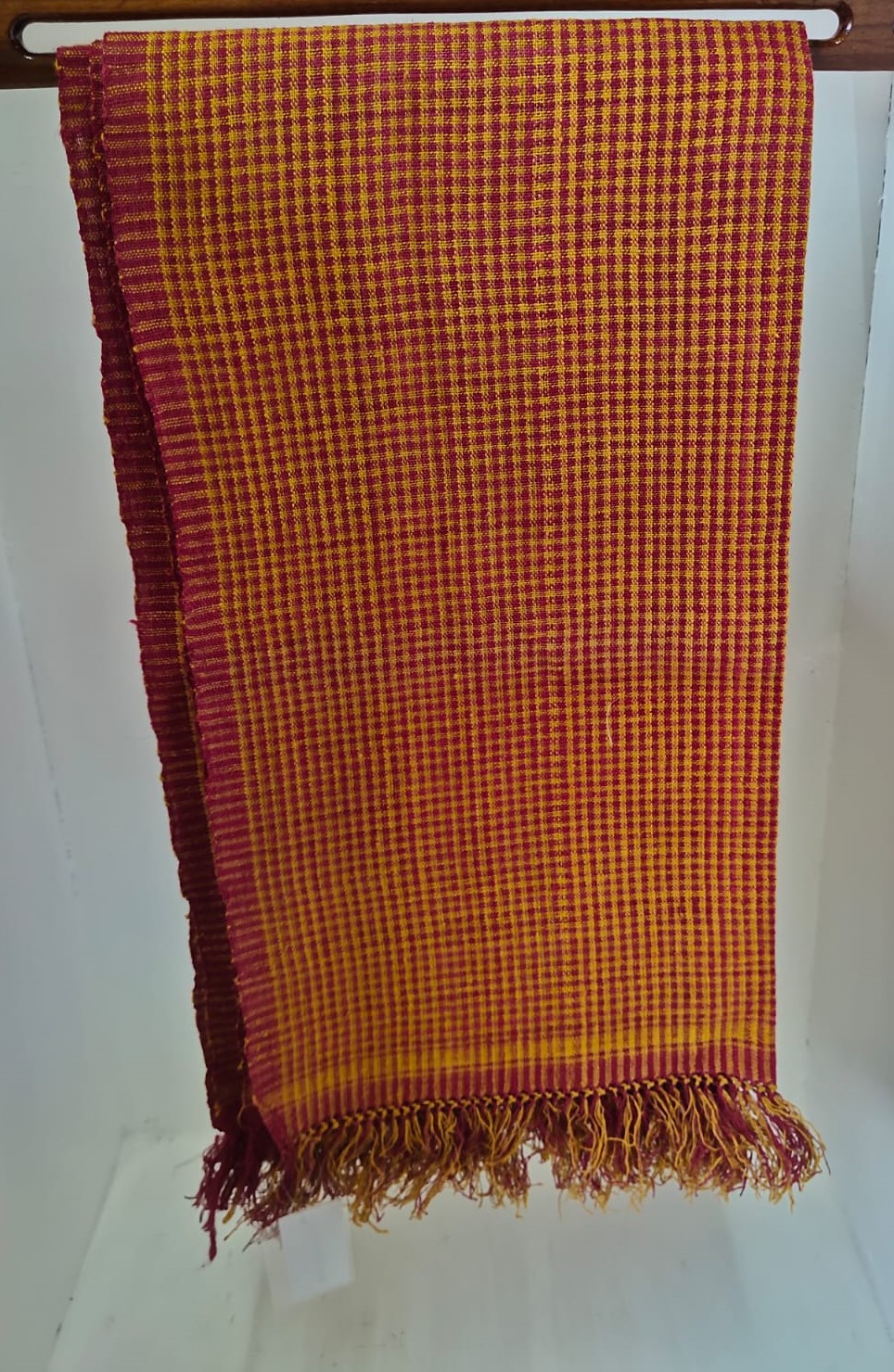
The social and economic impact of Ryndia silk on the Khasi tribe and the surrounding areas is deep. Local artisans, especially women weavers, are benefited by the cultivation of Ryndia silk through a steady income stream. This economic independence is important for rural society, as traditional crafts can provide a sure means of livelihood while maintaining cultural traditions. The art of making and marketing Ryndia silk allows the artisans to retain economic autonomy and enjoy better standards of living, many times by virtue of fair trade principles which allow them to be fairly paid for their work.

